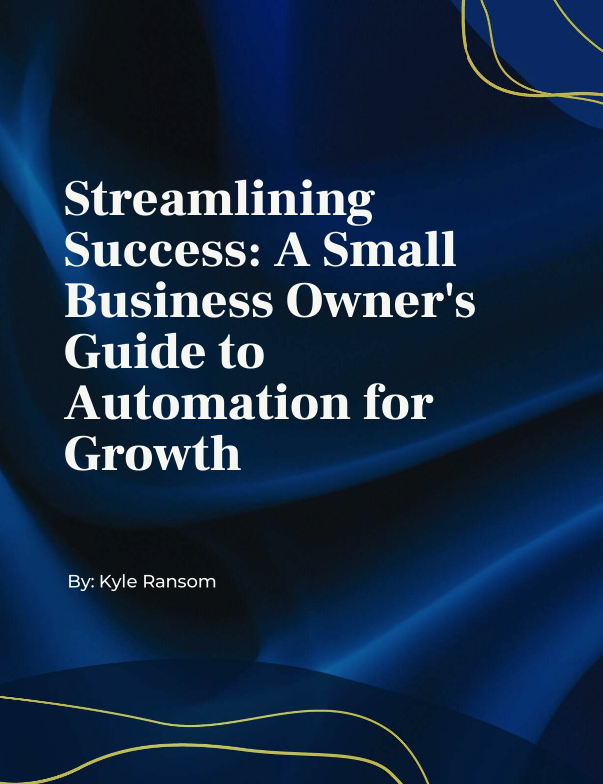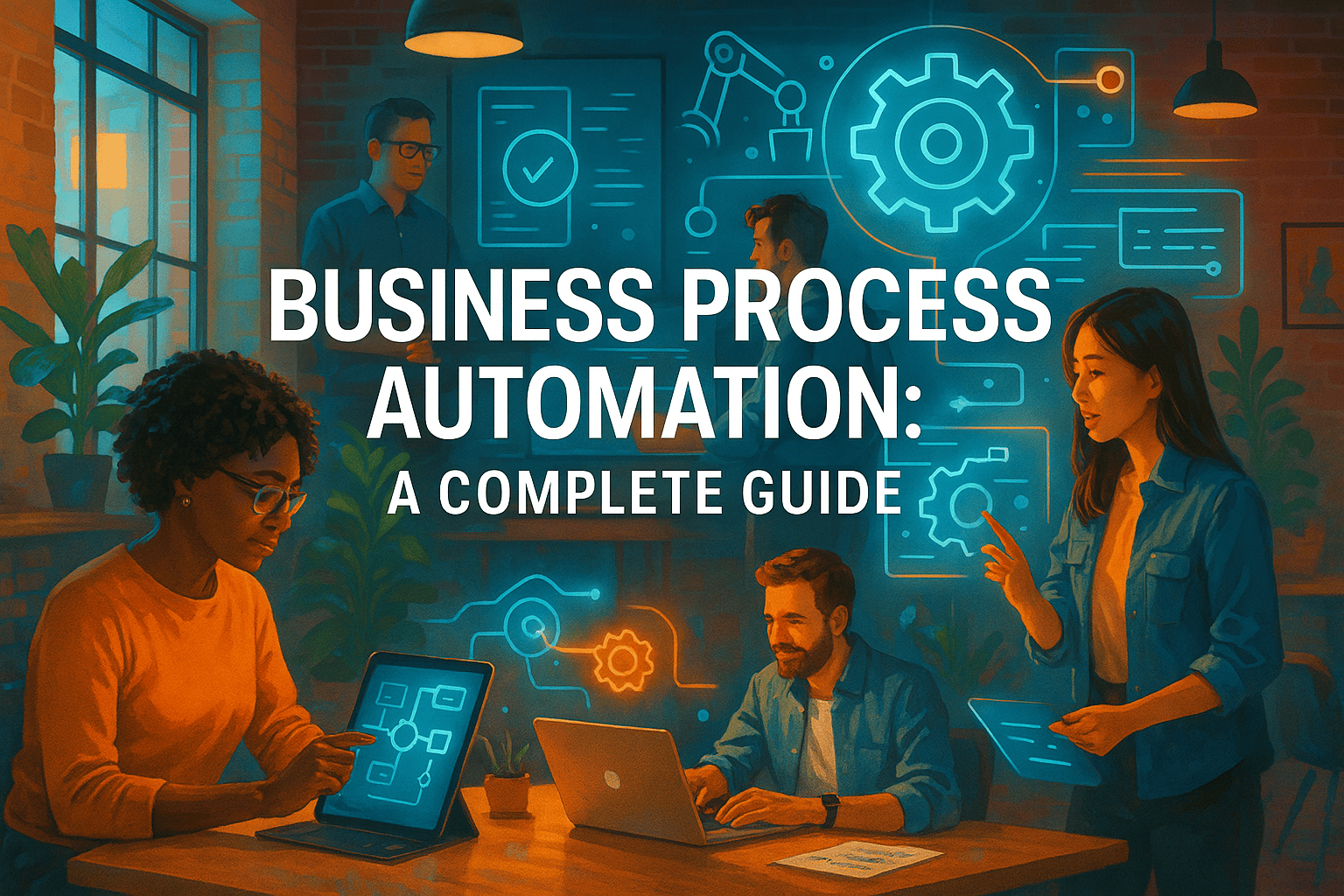Introduction to Business Process Automation
In today’s fast-paced business environment, efficiency and productivity are paramount. Organizations are increasingly turning to business process automation as a solution to streamline operations and stay competitive. This guide will provide an overview of business process automation, with key steps and examples, to help you understand how this can transform your organization. By automating repetitive tasks, businesses can reduce human error, improve efficiency, and free up valuable resources for more strategic activities. Business process automation is not just about technology; it’s about optimizing workflows to achieve better business outcomes. As an operations or business process manager, understanding automation can help you lead your team to greater productivity and innovation. This comprehensive guide will equip you with the knowledge to make informed decisions about implementing automation in your processes. Let’s dive into the world of business process automation and explore its potential to revolutionize the way you work.
Understanding Business Process Automation
Business process automation (BPA) involves using technology to execute recurring tasks or processes in a business where manual effort can be replaced, thus streamlining operations. The primary objective is to increase efficiency, provide transparency, and improve service delivery. For operations managers, BPA offers a way to enhance productivity without increasing costs. By automating routine tasks, employees can focus on more strategic work that requires human insight and creativity. It’s essential to understand that BPA is not a one-size-fits-all solution. Each business has unique processes, and automation should be tailored to meet specific needs. This includes identifying which processes can be automated, selecting the right tools, and implementing them effectively.
Key Steps in Automating Business Processes
To successfully automate business processes, it’s crucial to follow a structured approach. The first step is to identify the processes that are suitable for automation. Look for repetitive, time-consuming tasks that do not require human judgment. Once identified, analyze these processes to understand the workflow and pinpoint areas for improvement. Next, choose the right automation tools that align with your business goals. This might involve using software like robotic process automation (RPA) or business process management (BPM) platforms. Implementation is the next step, where you integrate these tools into your existing systems. It’s important to monitor the automated processes closely to ensure they operate as expected and make adjustments as necessary. This iterative process ensures that automation delivers the desired results and continues to add value over time.
Examples of Successful Business Process Automation
There are numerous examples of successful business process automation across various industries. In the finance sector, companies automate invoice processing and payroll to reduce errors and improve efficiency. Retail businesses use automation for inventory management, ensuring optimal stock levels and timely replenishment. In customer service, automation tools like chatbots handle basic inquiries, allowing human agents to focus on more complex issues. These examples illustrate how automation can enhance operations by freeing up resources and improving accuracy. By providing an overview of automating business processes, with key steps and examples, businesses can learn from these successes and apply similar strategies to their operations.

Embracing Business Process Automation for Future Success
In conclusion, business process automation is a powerful tool for enhancing efficiency and driving innovation. By providing an overview of automating business processes, with key steps and examples, this guide aims to equip operations and business process managers with the knowledge needed to implement successful automation strategies. As we move towards a more digital future, the ability to adapt and embrace automation will be crucial for staying competitive. Automation is not just about reducing costs; it’s about unlocking new opportunities for growth and innovation. By understanding and leveraging business process automation, you can position your organization for long-term success.
What is Business Process Automation?
What exactly does business process automation entail?
Business process automation involves using technology to automate repetitive tasks, thereby enhancing efficiency and reducing human error. It streamlines operations and allows employees to focus on more strategic tasks.


No responses yet